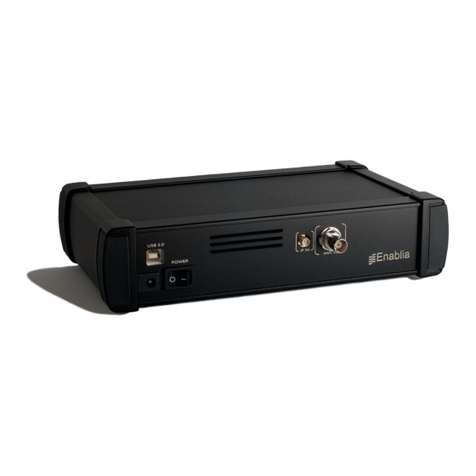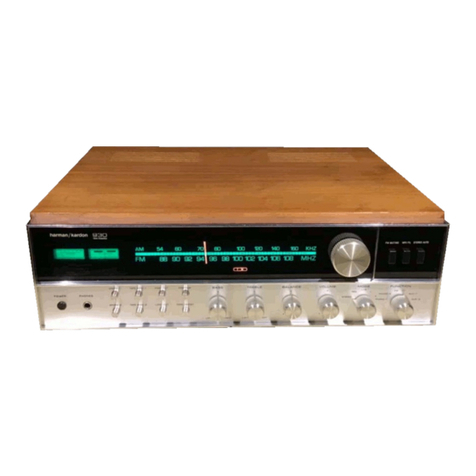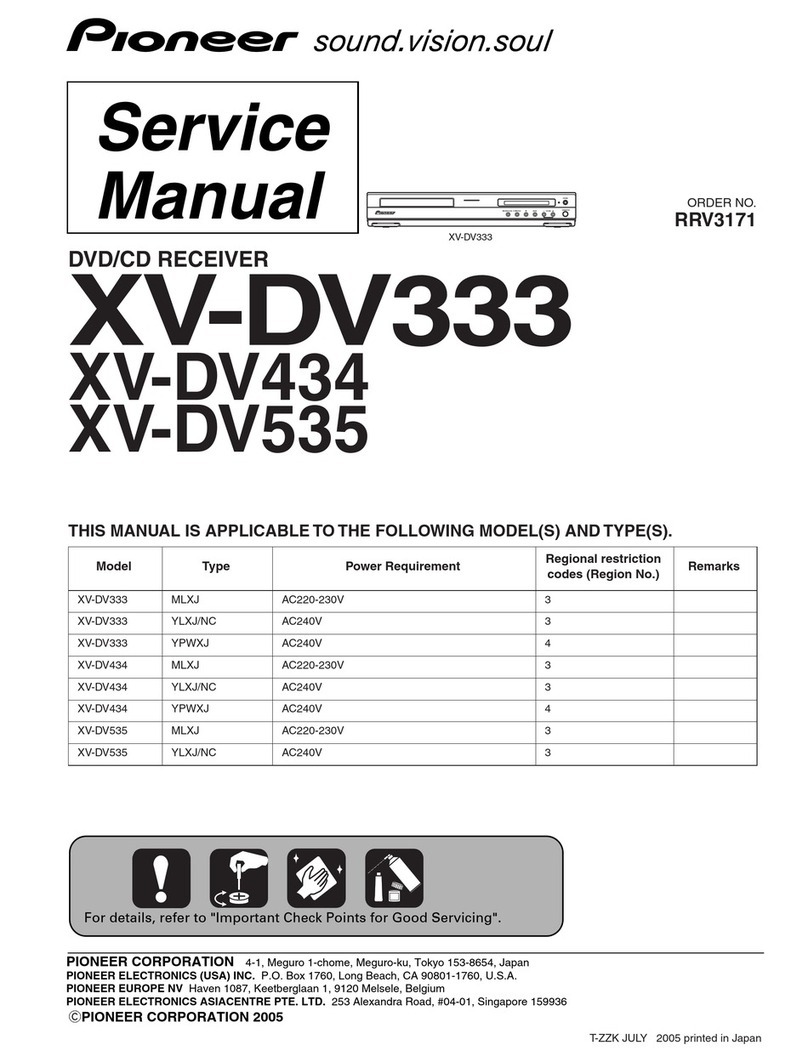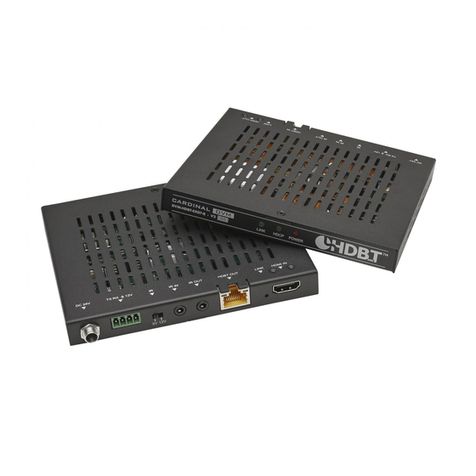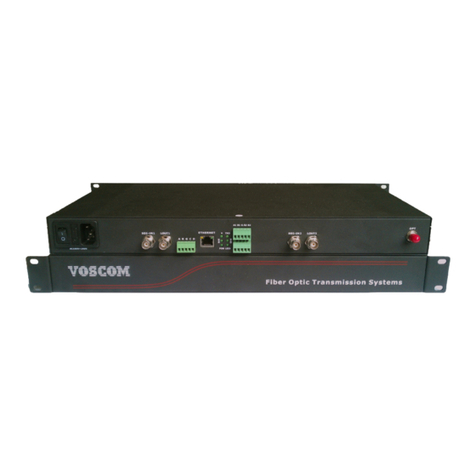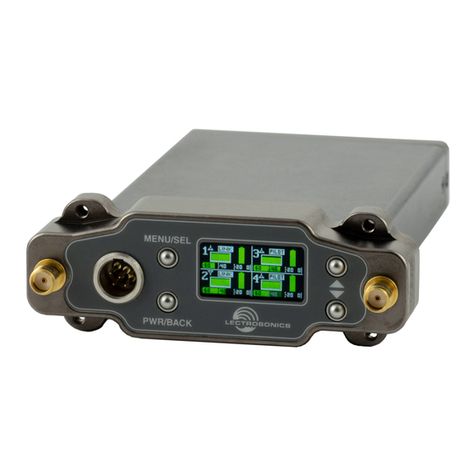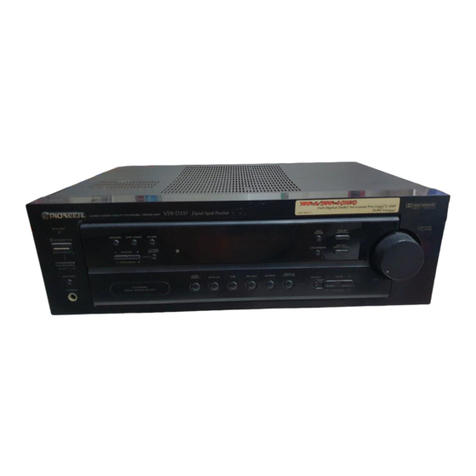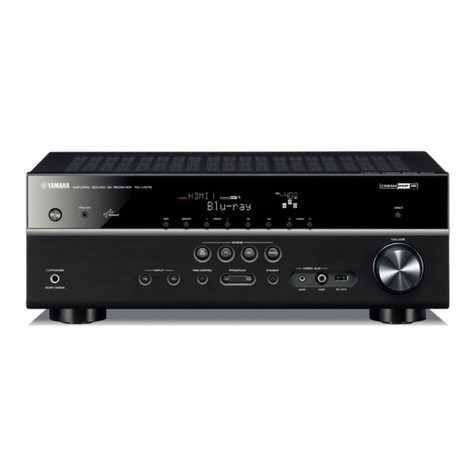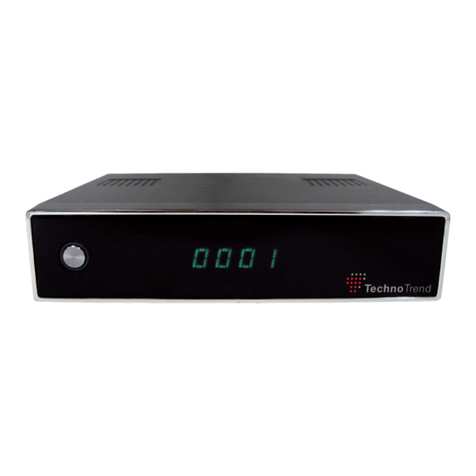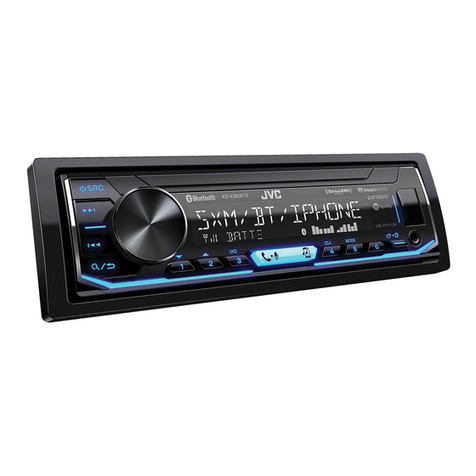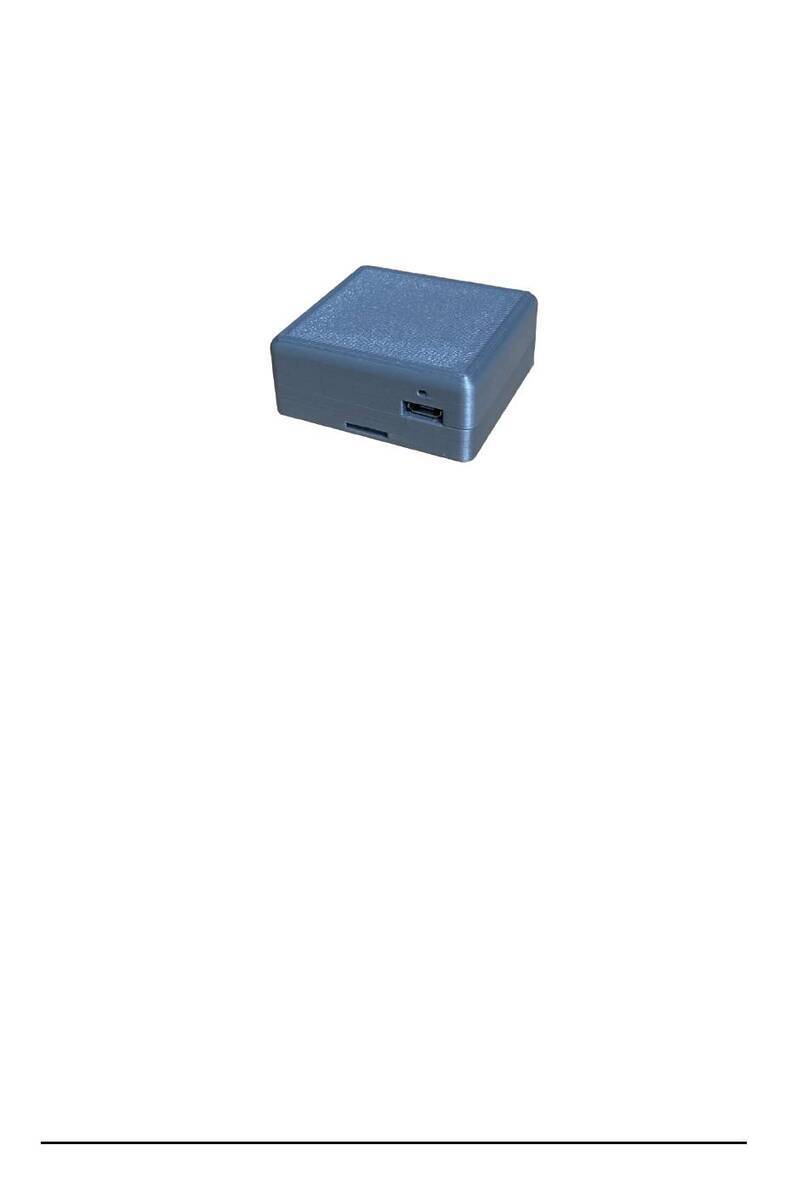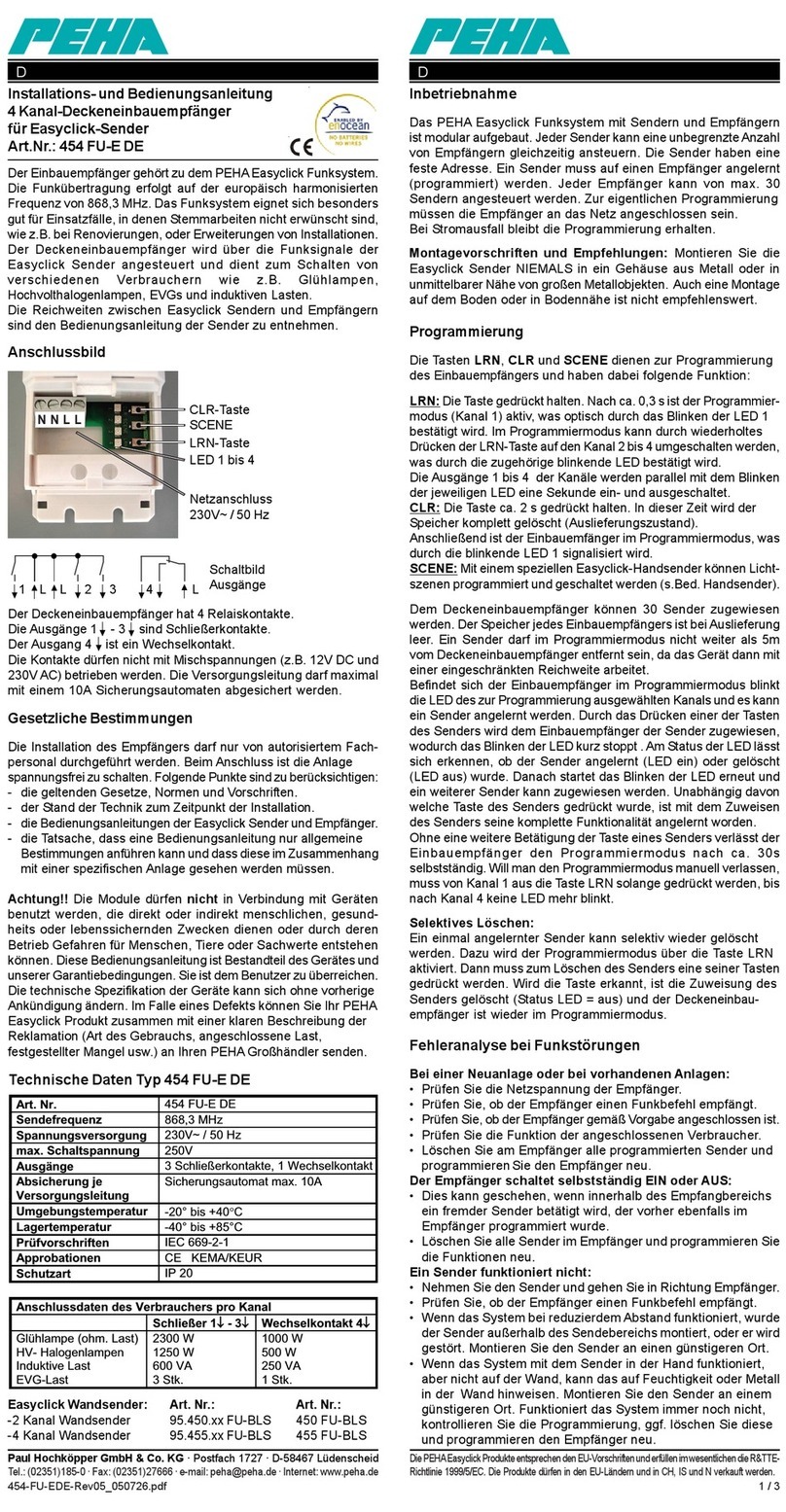Elsema G-2000 User manual

ELSEMA
3G Receiver with relay output, G-2000
Page1
www.elsema.com
G-2000
3G receiver with relay output for opening sliding, swing gates, doors or switching devices
Features
Up to 999 users
3G network compatible
Built-in battery back-up
Setup with easy to use PC software
Switches relay with free call from mobile phone
Digital inputs for sensors or switches
SMS confirmation of relay switching
Secure password protected
Only authorized numbers can operate the G-2000
Operates from anywhere if 3G network is available. Unlimited range!
12 Volts DC power pack included
Application
Open / close gates, doors, shutters, garage doors with a free call!
Security alarm, On/Off lights, pumps and machines.
Description
The G-2000 can have up to 999 authorized users and uses the 3G Telstra and Vodafone network for
communication (Not compatible with Optus). All you need is to insert a valid SIM card and program phone
numbers of all users using the PC software or through simple SMS text commands. When an authorized user
makes a call to the receiver, it rejects the call and activates a relay. Since the call is rejected the user is not
charged for the call.
There are 2 digital inputs available. The first input is dedicated for door lock, while the second input can be
wired to motion sensor (PIR), smoke detectors, reed switch, windows or any other type of voltage free contact.
The unit can be programmed to send different SMS messages for each input.
A 12 Volt output is also available on the unit which can activate a 12 VDC siren or warning light when either of
the inputs is activated. (Refer to the wiring diagram)
The G-2000 works on 3G network therefore the receiver can be activated from anywhere in the country where
3G mobile network is available. For example you can open your gate or switch on your kitchen lights in Sydney
from Melbourne by making a call from your mobile phone and without getting charged.
12 Volts DC Power Pack Included

ELSEMA
3G Receiver with relay output, G-2000
Page2
www.elsema.com
Technical Data
Power Source 9-24 Volts DC
3G Frequency 850/2100MHz (Compatible with Telstra and Vodafone)
Output Common (C) and Normally Open (NO) relay outputs rated at 3A, 240VAC.
Shipping Weight 500 grams
Dimensions 150 x 95 x 25 mm.
Safety Instruction
Safe startup
Do not use in places where phone equipment is prohibited.
Interference
Wireless equipment might interfere with the 3G network signals of the G-2000 and influence its
performance.
Avoid using at Petrol / Gas Stations
Do not use G-2000 at a petrol / gas station. Power off the unit when near fuels or chemicals
Avoid using near blasting areas
Please follow relevant restrictive regulations. Avoid using the device in blasting places.
Reasonable Use
Please install the product at a suitable place as described in this manual. Avoid signal shielding by
covering the mainframe.
Maintenance
All wiring and maintenance should be carried out only by qualified maintenance personnel.

ELSEMA
3G Receiver with relay output, G-2000
Page3
www.elsema.com
Setup and Programming Instructions
1. Caller ID must be enabled on all the users phone so that the G-2000 knows who's calling.
2. Open the back cover of the G-2000 and insert the SIM card.
3. Connect the power supply and switch the unit ON. The ON switch near the SIM card holder
4. Connect The G-2000 to the computer using the USB cable included.
5. On desktop, right click "My computer" >>> "Property" >>> "Hardware" >> "Device Manager".
6. Find "Ports(COM & LPT)", check the port number of "Silicon Labs CP210xUSB to UART Bridge", for
example: COM3.
7. If this driver is not visible, install the driver from the USB flash drive included.
8. Run the G-2000 configuration software, type in the COM Port number, for example:COM3 (without a
space). Click "Open”, if the "COM Port" status at the bottom turns “Green”, connection is successful.
9. Enter the password and Click "Log in", default password is 1234. Enter the new password if you had
previously changed it.
10. Click "Read Settings". Configure the parameters as per your application.
11. Click "Save Settings"
12. After finishing the configurations, disconnect the USB cable, restart the G-2000 to enter the working
status.

ELSEMA
3G Receiver with relay output, G-2000
Page4
www.elsema.com
PC Configuration Software
Basic Setting
1. Read Settings: Reads the parameter settings from the G-2000 to the PC software.
2. Save Settings: Save the basic parameter settings to the G-2000.
3. Import profile: Import .xls profile. All settings can be imported from the G-2000 and copied to other
units if used with the same settings.
4. Export profile: Saves the parameters of the G-2000 to the computer.

ELSEMA
3G Receiver with relay output, G-2000
Page5
www.elsema.com
Authorized Number List
1. Read: Reads the authorized number list from G-2000 to the PC software.
2. Save: Save the authorized number list to the G-2000.
3. Import .xls: Import authorized number list in .xls format from the PC to the configuration software.
4. Export .xls: Export the authorized number list in .xls format to the PC under the /configuration folder.
5. Export .csv: Export the authorized number list in .csv format to the PC under the /configuration folder.
6. All Always: This selects all stored numbers to control the G-2000 anytime.
7. Delete all: This deletes all numbers stored in the G-2000. Please use caution!

ELSEMA
3G Receiver with relay output, G-2000
Page6
www.elsema.com
Historical Data (Data Log)
1. Read data: Read all historical data from G-2000 to the PC software.
2. Filter: Select the start and the end “Date” and “Time” of the data which you wish to view
3. Export .xls: Exports the historical data in .xls format to the PC under the /configuration folder.
4. Export .csv: Exports the historical data in .csv format to the PC under the /configuration folder.
5. Delete all: Clicking this button will delete all of the historical data from the G-2000. Please use caution!

ELSEMA
3G Receiver with relay output, G-2000
Page7
www.elsema.com
If using SMS commands to setup the G-2000:
1. Type the relevant SMS commands in your phone and send it to the G-2000 controller SIM number.
2. Commands must be in CAPITAL LETTERS. Do not leave any space between the letters or words.
(e.g. “TEL” is correct while “tel” is incorrect)
3. If the G-2000 is used to operate only a gate, all the user has to do is to change the default password and
enter the authorized numbers.
4. Keep a list of the authorized numbers for future reference.
5. If you cannot send or receive any SMS messages from your phone to the G-2000 try adding + in front of
the phone numbers or the country code.
SMS Commands: Below are the SMS commands needed for the G-2000. In the examples the default password
is used (1234). Please replace this with your own password if you have changed it.
Setup a new password
oPwdPnewpassword
E.g The default password is 1234 and it has to be changed to 8787, the SMS command needed is:
1234P8787
If your password is successfully changed the unit will send you an SMS message “Password changed to:
“8787”
The below setup must be done if users are required to access the G-2000 at certain times.
Setup time and date
oPwdTELnumber of the SIM card#
E.g This sets the time date for the G-2000. The SMS command needed is (assuming the number of the SIM
card is 0460773679):
1234TEL0460773679#
Setup Authorized Numbers
oPwdAserial number#authorized number#start time# end time#
Serial number: User position 000-999.
Start time: yy(year) mm (month) dd (day) hh (hour) mm (minute)
End time: yy(year) mm (month) dd (day) hh (hour) mm (minute)
E.g The following number 0435792468 is to be setup as the second user; the following SMS command is
needed:
1234A002#0435792468# : the user 0435792468 can call anytime to access the G-2000.
1234A004#0450755623#1505040800#1510061700# : the user 0450755623 on position 4 can
only access the G-2000 from 4th of May, 2015 8:00am to 6th of October, 2015 5:00pm.
Authorized numbers are mobile numbers of all users who will be using their phones to operate the G-2000.
Serial number is the position of all stored numbers (authorized users). 001-999 users

ELSEMA
3G Receiver with relay output, G-2000
Page8
www.elsema.com
It is strongly recommended that the first 6 numbers are mobile numbers (not landline). If inputs 1 & 2
are used and is activated, an SMS message will be sent to the first 6 stored numbers (serial numbers
001-006).
Power failure SMS will only be sent to the user in location 001
Check which mobile number is located at a particular location (Serial number)
oPwdAserial number#
E.g If the user wants to see which number is stored on position 30 (serial number 30), the following SMS
command is needed:
1234A030#
Check users in multiple locations
oPwdALserial number start#serial number end#
E.g If the user wants to see which numbers is stored on position 100 to 200, the following SMS command is
needed:
1234AL100#200#
Delete a user
oPwdAserial number##
E.g A user on position 13 (serial number 13) has to be deleted from the user list, the following SMS
command is needed:
1234A013##
It is recommended to keep a list of all users and their numbers position
If a new number is programmed on a location which already has a number stored, the old number will be deleted
and the new number is stored.
Allow access to all numbers calling the G-2000
oPwdALL#
To allow access to anyone making a call to the G-2000, the following SMS command is needed:
Warning! This will allow anyone who makes a call to operate the G-2000
1234ALL#
Allow access only to authorized numbers calling the G-2000
oPwdAUT#
To allow access to authorized numbers only, the following SMS command is needed:
1234AUT#
This allows only the numbers that are authorized to operate the G-2000.
*This is set as factory default and is recommended for secure operation.

ELSEMA
3G Receiver with relay output, G-2000
Page9
www.elsema.com
Setup Relay OFF delay
oPwdGOTclose time#
The relay OFF delay can be set from 000-999 seconds. The factory default is 0.5 seconds.
000—0.5 second
999— Latching mode. Relay will stay ON until a second call is made.
E.g. If the relay OFF delay needs to be set at 10 seconds, the following command is needed
1234GOT010#
Relay will stay ON for 10sec once activated.
SMS confirmation of relay switching
This feature enables the 1st user and the person making a call to get SMS confirmation of the relay switching
ON or OFF.
For relay ON you need the following command
oPwdGONab#content#
For relay OFF you need the following command
oPwdGOFFab#content#
Ab is the option for the 1st user and the caller to either receive or not to receive SMS confirmation of the relay
switching. Have a look at the table below:
AB Option SMS Confirmation to user
A (First user) B (Caller) 1s
t
user Caller
0 0
0 1
√
1 0 √
1 1 √√
Content is the SMS message which the user and the caller will receive.
E.g. If only the 1st user is required to receive SMS “gate open” when the relay is ON, the following
command is needed
1234GON10#gate open#
E.g. If the 1st user and the caller both are required to receive SMS “gate closed” when the relay is OFF, the
following command is needed
1234GOFF11#gate closed#
If SMS is not required for any users when the relay is ON the following command is needed.
oPwdGON##
If SMS is not required for any users when the relay is OFF the following command is needed.
oPwdGOFF##

ELSEMA
3G Receiver with relay output, G-2000
Page10
www.elsema.com
Controlling the relay with SMS messages
oPwdCC
1234CC
Switches the relay ON
oPwdDD
1234DD
Switches the relay OFF
The G-2000 has 2 digital inputs. When these inputs are activated, it sends SMS messages to users stored in
positions 1-6. It also switches the Siren output ON.
Input 1 is dedicated input for Gate or Door switch. When activated it sends SMS messages to users stored in
position 1 to 6.
Input 2 can be used to connect sensors such as PIR, smoke detectors, reed switches, etc. When activated it sends
an SMS message to users stored in positions 1-6 and it will call the 1st user.
Arming the G-2000
oPwdAA
Disarming the G-2000
oPwdBB
Digital Input 1 is set as Normally Close (NC) and cannot be changed.
Change Digital input2 from NO to NC (Factory default is Normally Open ,NO)
oPwdDIN2NC#
E.g. To change Input 2 from Normally Open (NO) to Normally Closed (NC), the following command is
needed
1234DIN2NC#
Program SMS message to be sent when input 1 or 2 is triggered.
oPwdM1#sms content #( Input 1)
oPwdM2#sms content# ( Input 2)
E.g If the user wishes to change the factory default message for input two to “kitchen window” the
following SMS command is needed.
1234M2#kitchen window#
Maximum of 32 characters
Checking the polarity of Input 1 & 2
oPwdMQ#
When the inputs 1 & 2 are triggered, it will stay in alarmed status for 1 minute.

ELSEMA
3G Receiver with relay output, G-2000
Page11
www.elsema.com
The Digital inputs 1 & 2 will only trigger an alarm in the following conditions:
1. The G-2000 is in armed mode
2. 10 minutes after the last call from an authorized user. Factory default is 10 minutes but this time can be
changed. (Input 1 is in armed as soon as the unit is powered)
Changing the time after which Input 2 becomes active
oPwdDtime#
Time: 000—999 in minutes. 000 means the G-2000 will always be disarmed until it gets armed SMS
message.
E.g If the user wishes to change the time to 2 minutes after which input 2 becomes active, the following
SMS command is needed.
1234D002#
Power failure SMS
oPwdACtime#
Time: 000—999 in minutes.
000 means the G-2000 will send SMS message to the 1st user when the AC power fails.
999 means no SMS message will be sent when AC power fails.
Self-diagnostic SMS report to the 1st user
oPwdT#time#
Time: 000—999 in hours.
000 means the G-2000 will not send any message.
Self-diagnostic SMS will include the following:
Checking the Self-diagnostic SMS report time and status
oPwdT#
Check current status
oPwdEE
Arm / Disarm Status;
Digital Input 1 & 2 status;
Relay status;
Mobile signal strength (31 is strong signal, lower than 14 is weak signal)
AC power supply status

ELSEMA
3G Receiver with relay output, G-2000
Page12
www.elsema.com
Reset the Password of the G-2000 to factory default.
Press and hold the reset button, connect the power and then slide the switch to “ON”. After 6 seconds the
Network LED will blink 5-6 times to indicate the password has been reset. Release the reset button and do a
power cycle.
This will only reset the password to factory default. It will not change any other settings. All other settings can
only be changed by PC software.
Block Diagram
Power ON 12VDC power Led indicator.
Alarm ON The LED lights up when the inputs are triggered and there is alarm condition.
Relay ON The LED lights up when the relay switches ON.
Network Signal
Flash every 1 Second: Registering to the mobile network or looking for network
Flash every 2 Second: Successfully connected to the network. Normal status.
OFF: Unregistered network or cannot connect to the network.
Power 9 - 24 Volts DC. Use the power pack supplied
Input 1 Dedicated normally closed (NC) input for door switch.
Input 2 Digital input 2. Can be used to connect Reed switch, PIR, fire alarm or any other dry
contact switch.
Relay Output Common (C) and Normally Open (NO) relay outputs rated at 3A, 240VAC.
Siren 12 Volts DC output to connect siren or flasher lights or any other 12VDC device

ELSEMA
3G Receiver with relay output, G-2000
Page13
www.elsema.com
Application
G-2000 12/24 Volts DC application
G-2000 240 Volts application
Table of contents
Other Elsema Receiver manuals
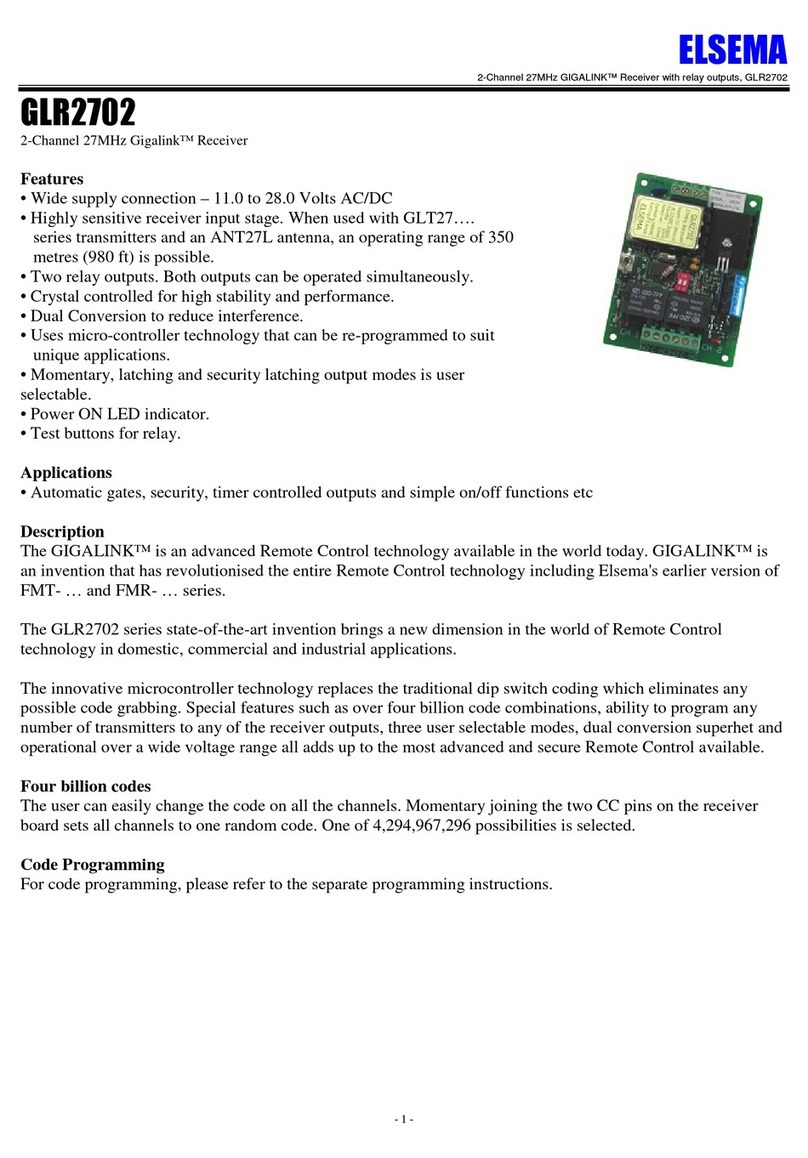
Elsema
Elsema Gigalink GLR2702 User manual
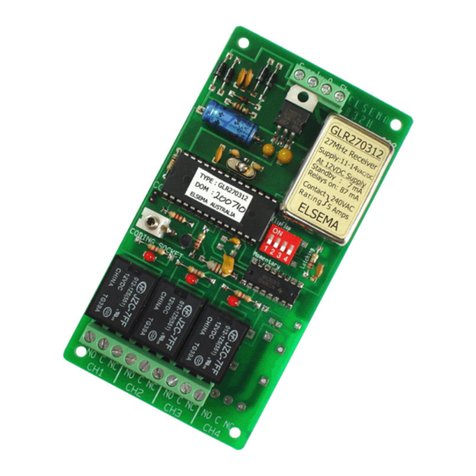
Elsema
Elsema GLR2703 User manual
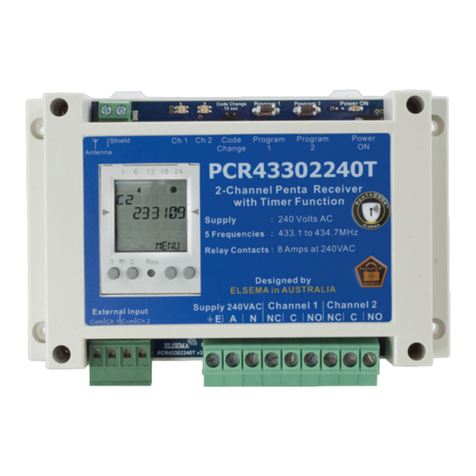
Elsema
Elsema PentaTimer PCR43302240T User manual

Elsema
Elsema Gigalink GLR2708 User manual
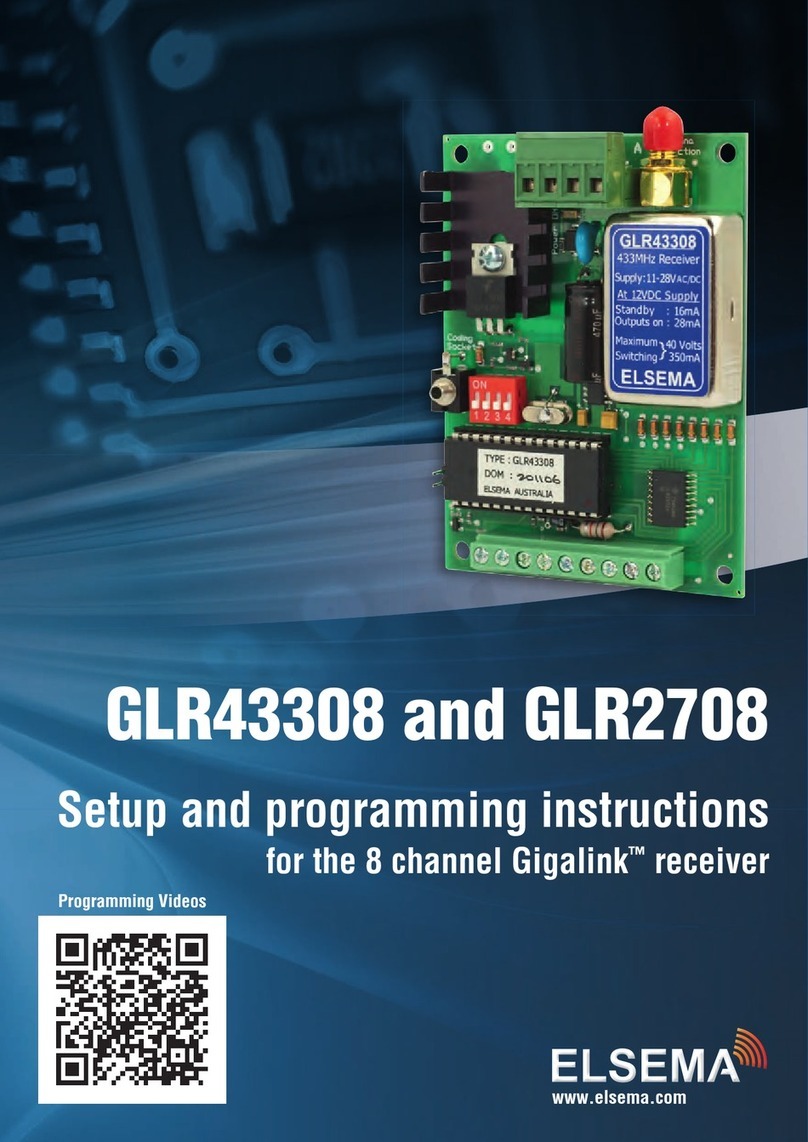
Elsema
Elsema Gigalink GLR43308 Installation manual
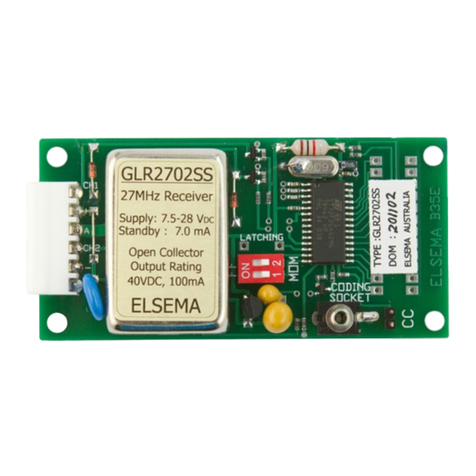
Elsema
Elsema GLR2701SS User manual

Elsema
Elsema G4000 User manual
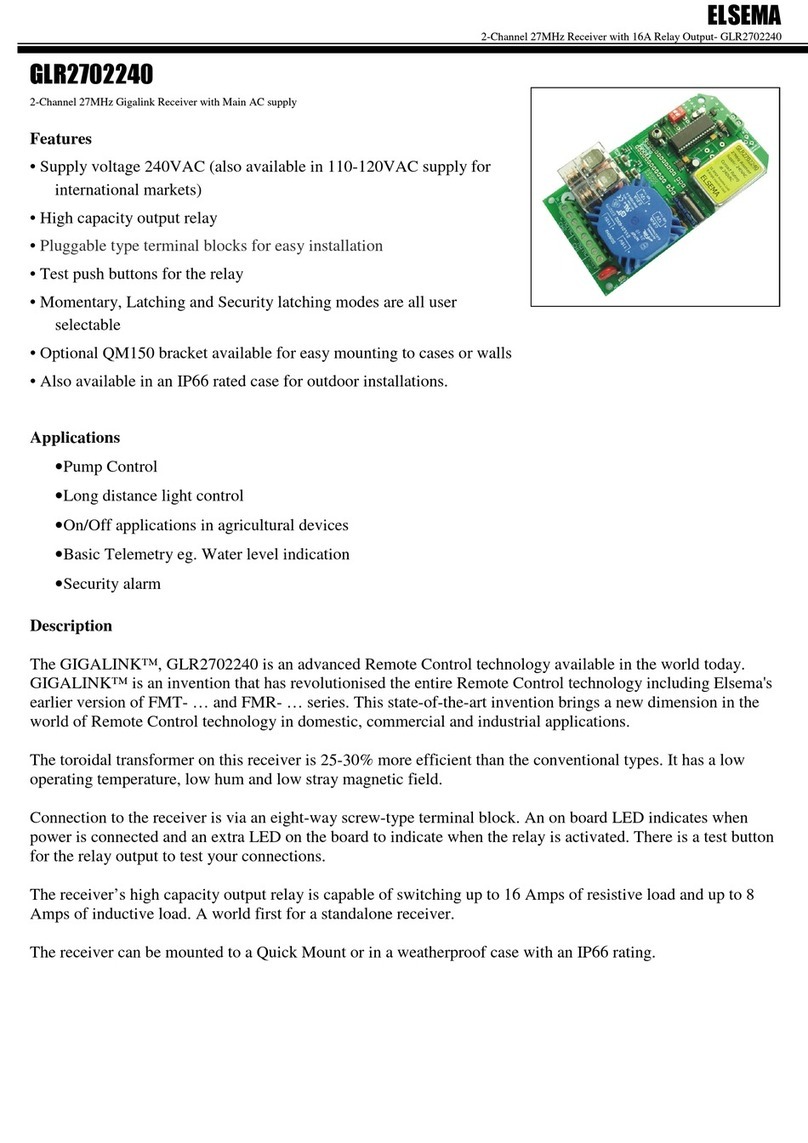
Elsema
Elsema GIGALINK GLR2702240 Series User manual
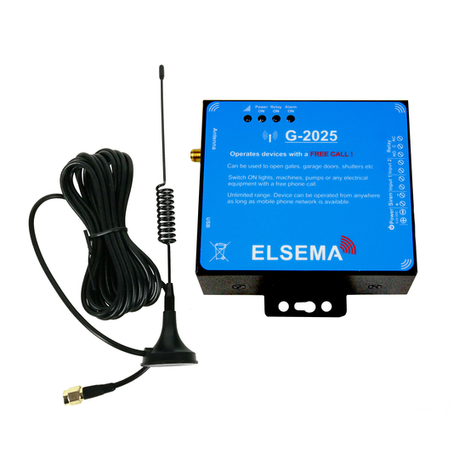
Elsema
Elsema G-2025 User manual

